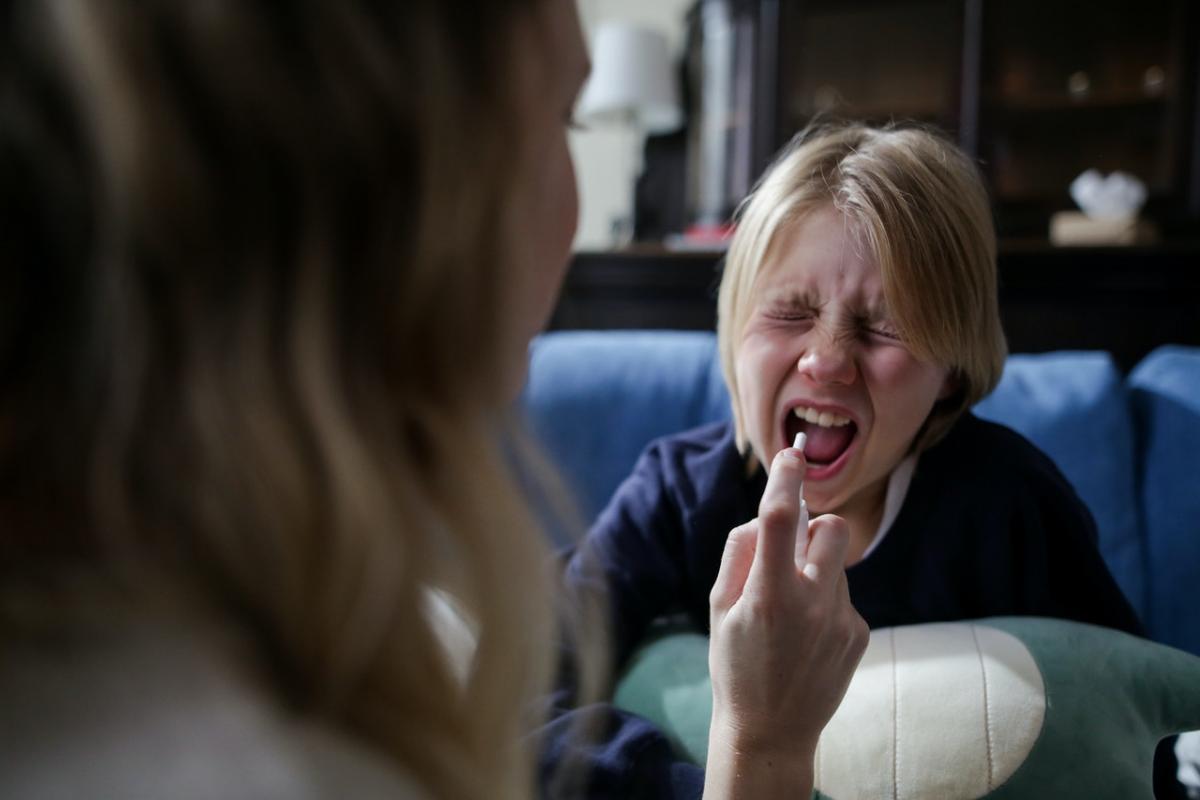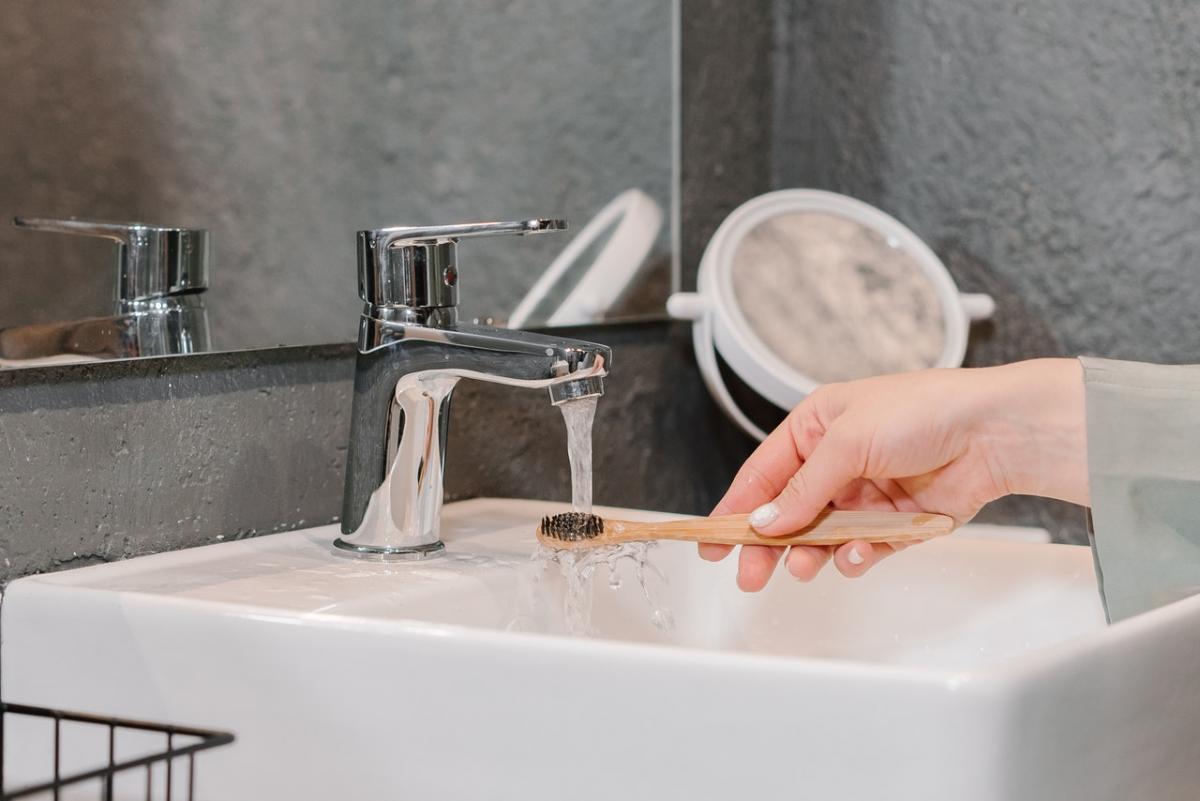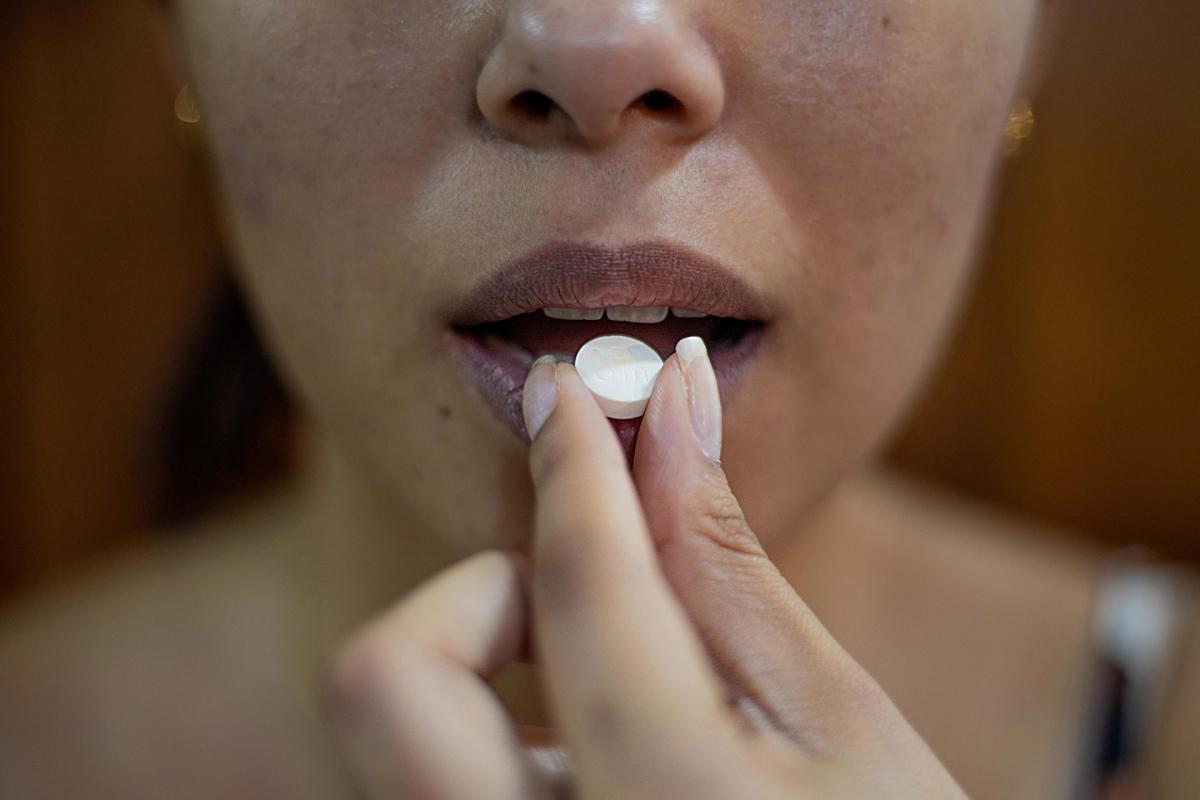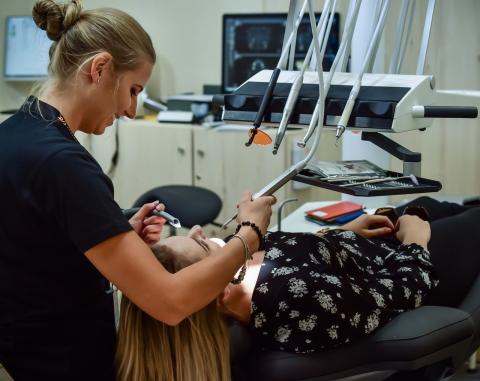Oral Candidiasis : causes, manifestations, treatment
Make an online appointment or call us at 0748 358 358
Book now onlineOral candidiasis, also known as oropharyngeal candidiasis and oral thrush is a fungal infection that affects the mouth, tongue, and esophagus. Candidasis is commonly present in the human body, but it does not always cause infections: they occur when fungi grow uncontrollably. Oral candidiasis is more common in infants and the elderly but can set in at any age; in most cases, can be easily treated and healed. Here's everything you need to know about oral candidiasis.
Contents:
- What is oral candidiasis and why does it occur?
- How can you prevent oral candidiasis?
- What are the symptoms of oral candidiasis?
- Types of oral candidiasis
- Complications of oral candidiasis
- Oral candidiasis - diagnosis and treatment
- What is oral candidiasis and why does it occur?
In many cases, oral candidiasis occurs to people with a weakened immune system. Therefore, it has a higher incidence among babies and the elderly.
What is the cause of oral candidiasis?
As well as many other bacteria and microorganisms, candida is present in the mouth, digestive tract, but also on the skin. When stress, possible allopathic treatments or other pathological conditions affect the bacterial flora and cause imbalances in it, this fungus can cause oral candidiasis.

Medications that can unbalance the bacterial flora and cause infections are:
- Corticosteroids
- Antibiotics
- Birth control pills
Risk factors for oral candidiasis
Candida infection is likely to develop more in people who:
- have diabetes;
- are smoking;
- are suffering from cancer and, by default, have reduced immunity;
- wear an unsuitable denture whose shape does not fit perfectly or an inadequate or out of place orthodontic appliance;
- have poor oral hygiene;
- are suffering from Xerostomia (dry mouth);
- are going through large hormonal oscillations, most often caused by pregnancy;
- who have low immunity.
Given the fact that people with braces or those with dentures are more likely to contract a fungus that can lead to oral candidiasis, especially in conditions of poor oral hygiene, a visit to the dentist is very important. The dentist is the specialist who can provide information for maintaining a good oral health by observing the rules of oral hygiene, but also can recommend regular visits to the cabinet.
How is oral candidiasis transmitted?
Anyone can get oral candidiasis, from newborns and infants to adults and the elderly with a weakened immune system, although their symptoms are more difficult to control. In the same time, candidiasis developed in the esophagus is one of the most common infections among people diagnosed with HIV infection.
Although it is not considered a highly contagious infection, it can be transmitted through saliva. If you come in contact with a person suffering from oral candidiasis, it is advisable to wash your hands often as candidiasis can also be transmitted through contaminated objects.
How can you prevent oral candidiasis?

Oral candidiasis is caused by one of more than 200 species of Candida, most of which are harmless. Candida albicans, Candida tropicalis, Candida krusei, Candida parapsilosis or Candida glabrata are the most common of these species.
Here's what you can do to prevent infection:
- Make a routine of proper oral hygiene. Brush your teeth at least twice a day and floss to completely remove food debris. If you are being treated with corticosteroids, it is important that you brush your teeth or rinse your mouth with water or mouthwash after administration.
- Pay more attention to the hygiene of your denture if you use one and consult your dentist if it does not fit in your jaw perfectly.
- Limit sugar consumption, which can stimulate the development of oral candidiasis.
- Limit or quit smoking.
- Get regular oral check-ups, especially if you are undergoing orthodontic treatment.
What are the symptoms of oral candidiasis?

Oral candidiasis occurs suddenly, with no symptoms to indicate the onset of the infection. A common symptom is a change in saliva and the appearance of lesions on the tongue or on the inside of the cheeks. These lesions are whitish and creamy in texture. They can also appear on the roof of the mouth, gums, tonsils or esophagus.
Other symptoms of oral candidiasis are:
- Redness and pain in the mouth or in the corners of your lips;
- Partial loss of taste;
- Dry mouth;
- Mouth pain and bleeding may occur even when cleaning your teeth. In more severe cases, these lesions can spread to the esophagus, causing pain and difficulty swallowing.
- If the infection spreads to the esophagus, fever may occur.
Oral candidiasis can spread to other parts of the body, such as the lungs, liver or skin. This is more common in people with very low immunity, who suffer from cancer (including oral cancer), HIV infections or other conditions that destabilize the immune system. In the case of oral cancer, which has a survival rate of only 30%, the symptoms of oral candidiasis are even more common. For a correct diagnosis of this condition, oral cancer screening procedures are recommended, which can be performed at DENT ESTET, thanks to LED Dental technology and by using the VELscope VX device.
Superficial candidiasis, which occurs in the mucous membranes and skin, can be treated with drugs, but there are also invasive species, resistant to antifungal drugs, which can spread to other organs. Therefore, oral candidiasis should be treated from the first signs to prevent the spread.
How is oral candidiasis manifested in newborns and infants?
In infants and newborns, oral candidiasis is manifested by the appearance of whitish spots or lesions inside the oral cavity, on the lips, but also rashes. Candidiasis can be transmitted from mother to infant during breastfeeding. That is why the detection and treatment of candidiasis is important for both babies and mothers. Proper hygiene can prevent it from spreading.
Types of oral candidiasis
Oral candidiasis can be of several types. By appearance, it is classified as follows:
- Pseudomembranous candidiasis is characterized by the appearance of white spots or total coverage with a whitish substance, which, after removal, reveals erythematous lesions or even bleeding in the mucosa.
- Erythematous candidiasis is manifested by the appearance of open lesions and has several subtypes: stomatitis associated with a dental prosthesis, angular stomatitis, median rhomboid glossitis, and antibiotic-induced stomatitis.
- Hyperplastic or nodular candidiasis is manifested by the appearance of nodular, whitish, persistent lesions.
Another classification differences between:
- Chronic multifocal oral candidiasis, the manifestations of which extend over longer periods.
- Chronic mucocutaneous candidiasis, which usually occurs on a pre-existing infectious background with another subspecies of Candida.
Depending on the severity of the manifestations, oral candidiasis can be mild, moderate-severe, or persistent (acute).
Complications of oral candidiasis
Oral candidiasis can be very rare in complications, and it often occurs in people with very low immunity. Therefore, the complications of candidiasis appear only on an unstable immune background.
If left untreated, this fungal infection can get into the bloodstream and spread to the heart, brain, eyes, or other parts of the body. This complication is called invasive or systemic candidiasis. It is also a condition that can distort into septic shock.
Oral candidiasis - diagnosis and treatment
In order to properly treat oral candidiasis, it is important that it is diagnosed correctly and in a timely manner.
Diagnosis of oral candidiasis

Your doctor can diagnose the infection by examining your mouth and symptoms. In some cases, tissue may be taken for biopsy to confirm the diagnosis. If your doctor suspects esophageal candidiasis, your doctor may take a swabbed sample from your throat or use endoscopy to confirm the diagnosis. The sample will be taken from the throat using a sterile cotton swab, which will then be sent to the laboratory for testing. In the case of endoscopy, the doctor will use a thin tube with an attached chamber, which he will insert through his mouth, to examine the esophagus. Tissue sampling is also possible for further analysis in endoscopy.
Diagnosis of oral candidiasis
Your doctor can diagnose the infection by examining your mouth and symptoms. In some cases, tissue may be taken for biopsy to confirm the diagnosis. If your doctor suspects esophageal candidiasis, your doctor may take a swabbed sample from your throat or use endoscopy to confirm the diagnosis. The sample will be taken from the throat using a sterile cotton swab, which will then be sent to the laboratory for testing. In the case of endoscopy, the doctor will use a thin tube with an attached chamber, which he will insert through his mouth, to examine the esophagus. Tissue sampling is also possible for further analysis in endoscopy.

Treatment of oral candidiasis
Oral candidiasis is a condition that, if not chronic, can be treated relatively easily in a short amount of time.
Most of the time, the symptoms will go away in a few weeks of allopathic treatment but may return later. In the case of recurrent oral candidiasis, with no known cause, the doctor may recommend that the patient be evaluated for other conditions that may contribute to candidiasis.
There are various pharmaceutical treatments available today, but your dentist may recommend antifungal medicines with active substances such as fluconazole, clotrimazole or itraconazole (usually recommended if the patient does not respond to the above treatments) or amphotericin B. (recommended for treatment). severe oral candidiasis).
Natural remedies for oral candidiasis
In addition to allopathic antifungal treatment, your doctor may recommend some additional measures to combat oral candidiasis. Thus, properly performed oral hygiene plays an important role in preventing the development of such infections. Replacing the toothbrush after finishing the allopathic treatment, brushing the teeth correctly, avoiding brushing the areas affected by the lesions, sprays and mouthwash if they have not been recommended by your doctor are the first steps you can take in order to treat candidiasis.
In addition, there are a number of natural remedies that can help relieve symptoms. These are usually used for extra rinsing after an oral hygiene routine:
- Saltwater;
- A solution based on water and baking soda;
- A water-based solution with fresh lemon juice;
- A water-based solution and apple cider vinegar.
Such solutions help to balance the bacterial flora of the mouth. Along with them, the consumption of yogurt, pickles or other foods containing natural probiotics, or the administration of a probiotic food supplement can support recovery after oral candidiasis.
It is important to ask your dentist before undergoing any treatment.
Oral candidiasis has specific symptomatology, and it can be detected in their early stages. Depending on the resistance of the infection, a short-term or long-term treatment may be needed for chronic or repeated infections. The dentist will guide you to the best treatment options, depending on the manifestations and your body's response to antifungals.
Photo source: Pexels, Unsplash
Resources:
- https://www.mayoclinic.org/diseases-conditions/oral-thrush/symptoms-causes/syc-20353533
- https://www.healthline.com/health/thrush
- https://www.cdc.gov/fungal/diseases/candidiasis/thrush/index.html
- https://dermnetnz.org/topics/oral-candidiasis
- https://www.medicalnewstoday.com/articles/178864
- https://www.nhs.uk/conditions/oral-thrush-mouth-thrush/
- https://pharmaceutical-journal.com/article/ld/oral-candidiasis-causes-types-and-treatment
- https://www.ncbi.nlm.nih.gov/books/NBK545282/










